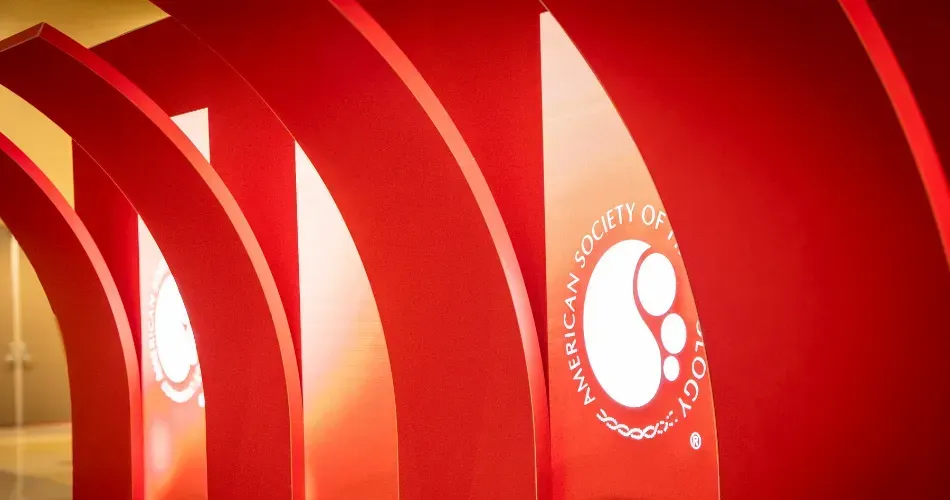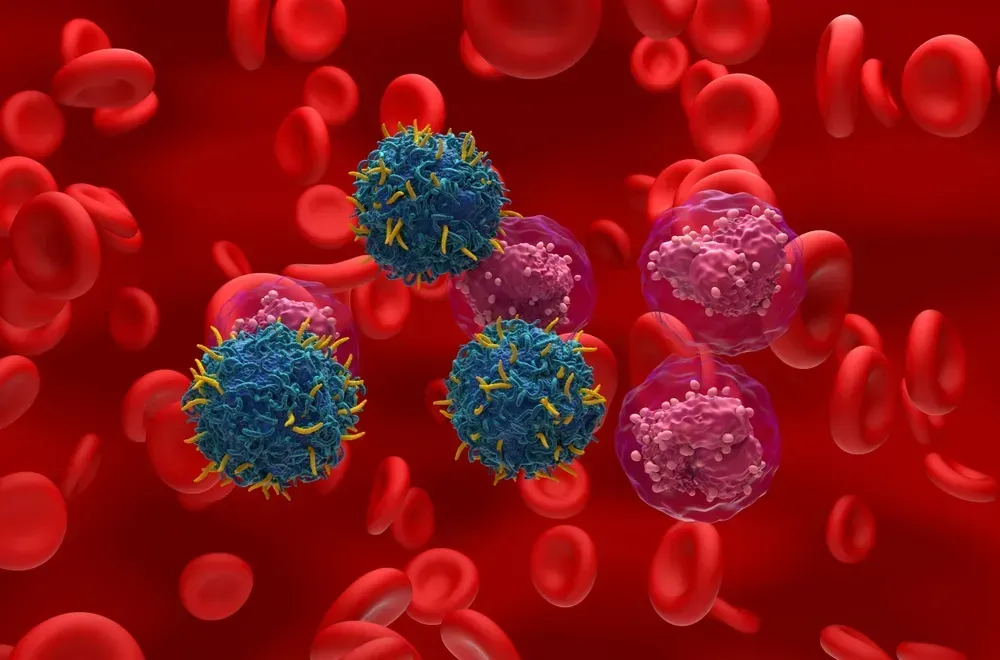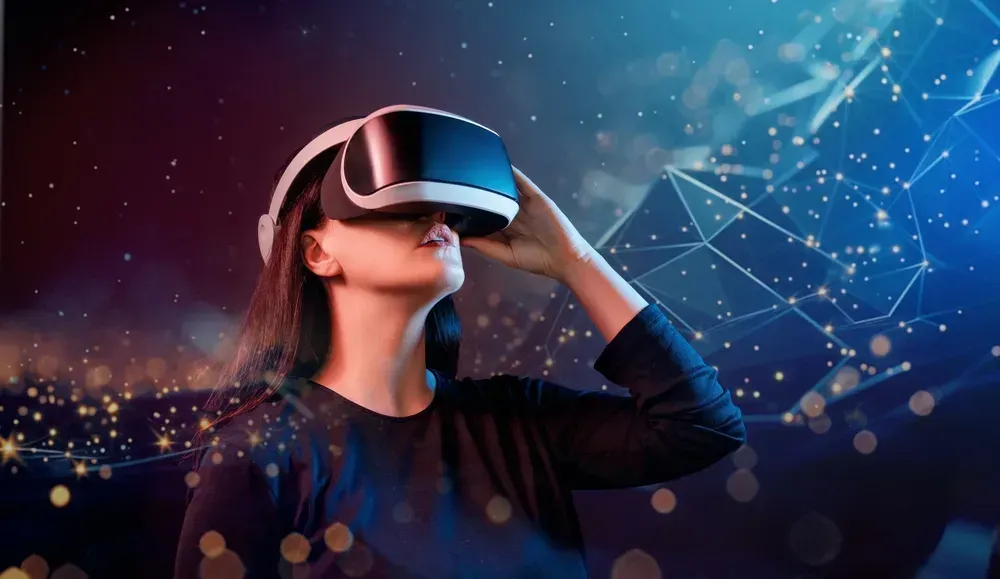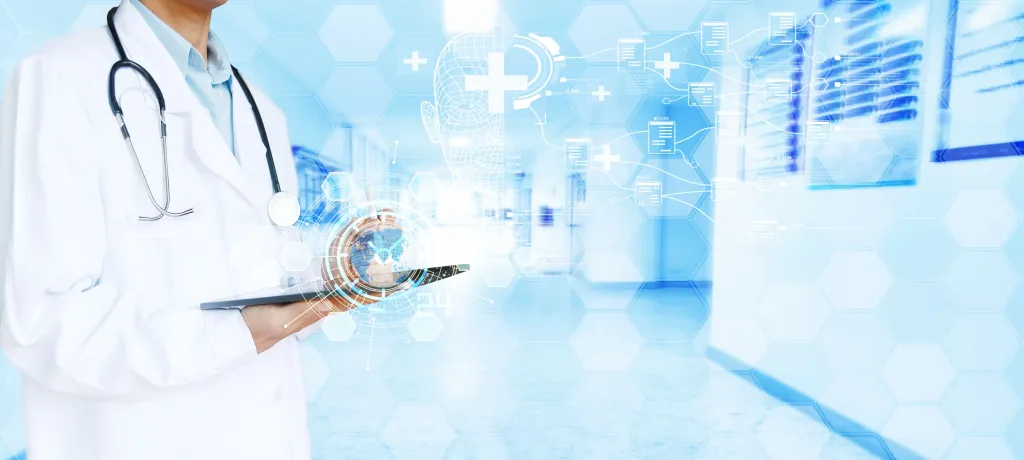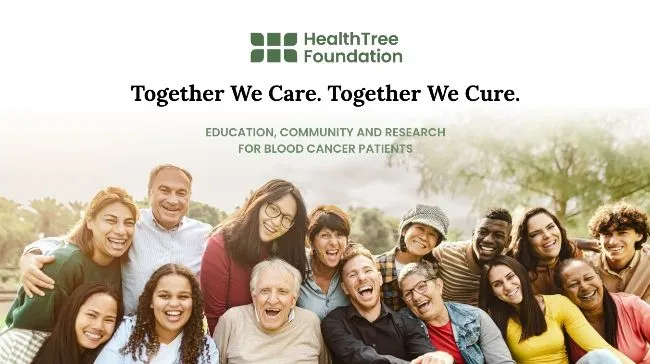AML: Donor Age, Not Just a Number
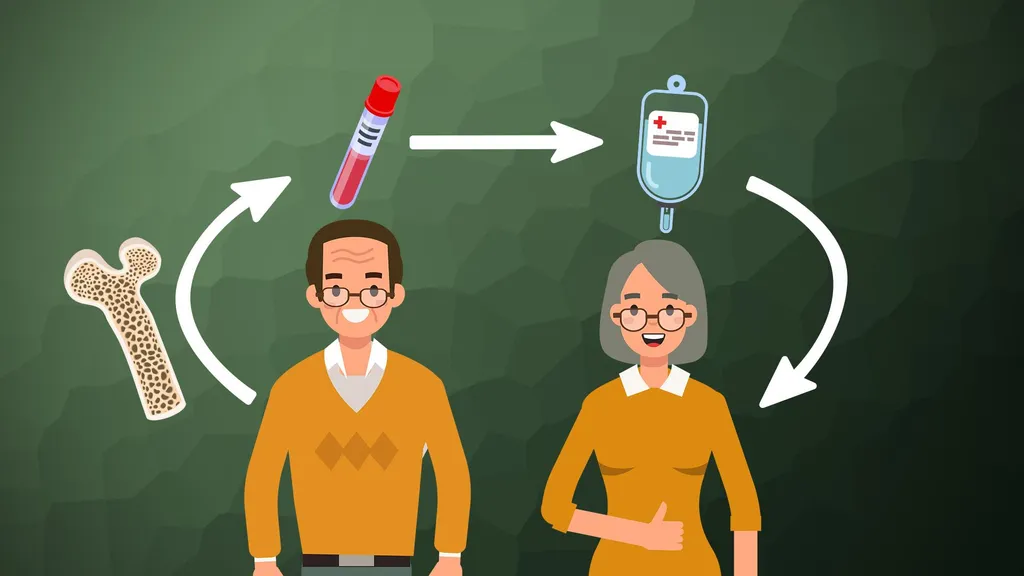
The AML working group of the European Society for Blood and Marrow Transplantation (EBMT) recently reviewed data from patients across Europe.
They looked at how well patients with acute myeloid leukemia (AML) in first remission (early recovery) did after receiving a transplant from different types of donors. The study focused on how using a drug called cyclophosphamide (PTCy) after the transplant helped prevent a complication called graft-versus-host disease (GVHD), where the new donor cells can sometimes attack the patient’s body.
These findings were summarized in an editorial published in the journal Bone Marrow Transplantation, with a detailed analysis available in the same issue.
Allogeneic Stem Cell Transplantation and Donor Selection
Allogeneic hematopoietic stem cell transplantation (allo-SCT) remains the treatment of choice for high-risk AML. A critical factor in successful transplantation is the availability of stem cell donors.
For patients who require an allogeneic hematopoietic stem cell transplant (HSCT), meaning they receive someone else’s stem cells to be transplanted inside their own body, their donor options are as follows:
-
a human leukocyte antigen (HLA)-matched sibling donor or a matched unrelated donor
-
mismatched unrelated donors (MMUD) or haploidentical donors (Haplo)
A matched sibling donor or matched unrelated donor is almost always preferred; however, if that is not an option, finding MMUD or Haplo donors can be a viable option.
Understanding MMUD and Haplo Donors
A mismatched unrelated donor (MMUD) is a donor who is not related to the recipient and does not have a perfect match in terms of human leukocyte antigen (HLA) markers, which are proteins on the surface of cells that help the immune system recognize which cells belong to the body and which do not. Typically, a fully matched unrelated donor (MUD) would have identical HLA markers to the patient, but with a mismatched unrelated donor, there are some differences in these markers.
A haploidentical donor (Haplo) is a partially matched donor who shares at least half of the human leukocyte antigen (HLA) markers with the recipient. This type of donor is often a family member, such as a parent, sibling, or child, because family members are more likely to have some level of HLA match.
Unlike fully matched donors, who share all the necessary HLA markers, haploidentical donors are a good option when a fully matched donor (such as a sibling or an unrelated donor) isn't available.
The more differences (or mismatches) there are between the donor and patient’s tissue types (HLA), the higher the risk of serious complications after the transplant, including the chance of it not working well or leading to the passing of the patient.
Impact of HLA Mismatch and Donor Age
When the donor and patient have mismatched tissue types (HLA), it can lower the patient’s overall survival (OS) after the transplant. For each mismatch, there is a 9%-10% drop in the chances of surviving one year after the transplant.
Additionally, using older donors, especially those unrelated to the patient, can lead to worse outcomes. For every 10 years added to the donor's age, the risk of death increases by 5.5%. On the other hand, survival improves by 3% for every 10 years the donor is younger. In haploidentical (Haplo) transplants, donor age is also very important. AML patients over 40 who receive transplants from older Haplo donors have a higher risk of passing from complications that aren’t related to cancer returning, worse chances of living without leukemia coming back (LFS), and lower overall survival.
Comparative Outcomes Between Donor Groups
The study looks at how transplant outcomes differ between younger and older Haplo donors, as well as mismatched unrelated donors. It highlights important differences in success rates and complications, shown in the following tables.
Transplant Outcomes: Younger Haplo Donors vs. Older Mismatched Unrelated Donors
| Outcome | Younger (<35 years) Haplo Donors | Older (≥35 years) Mismatched Unrelated Donors |
|---|---|---|
| Neutrophil engraftment | 94.7% | 98.6% |
| Day +180 aGvHD grade II-IV | 22.6% | 35.7% |
|
Survival Statistics (2 years) |
Younger (<35 years) Haplo Donors | Older (≥35 years) Mismatched Unrelated Donors |
|---|---|---|
| Relapse | 20.7% | 21.2% |
| Non-relapse mortality | 18.4% | 14.2% |
| Leukemia-free survival | 60.8% | 64.5% |
| Overall survival | 66.4% | 67.4% |
|
Cause of Passing (within 2 years) |
Younger (<35 years) Haplo Donors | Older (≥35 years) Mismatched Unrelated Donors |
|---|---|---|
| Original disease | 37.9% | 51.2% |
| Infection | 30.6% | 17.1% |
| GVHD | 11.0% | 7.3% |
Transplant Outcomes: Older Haplo Donors vs. Younger Mismatched Unrelated Donors
| Outcome | Older (≥35 years) Haplo Donors | Younger (<35 years) Mismatched Unrelated Donors |
|---|---|---|
| Neutrophil engraftment | 94.5% | 98.6% |
| Day +180 aGvHD grade II-IV | 24.3% | 31.0% |
| Survival Statistics (2 years) | Older (≥35 years) Haplo Donors | Younger (<35 years) Mismatched Unrelated Donors |
|---|---|---|
| Relapse | 19.5% | 23.4% |
| Non-relapse mortality | 22.4% | 11.6% |
| Leukemia-free survival | 58.2% | 65.0% |
|
Overall survival |
63.5% | 71.2% |
| Cause of Death (within 2 years) | Older (≥35 years) Haplo Donors | Younger (<35 years) Mismatched Unrelated Donors |
|---|---|---|
| Original disease | 38.2% | 59.0% |
| Infection | 28.6% | 16.4% |
| GVHD | 15.5% | 9.8% |
Key Study Conclusions
This large retrospective study confirms several important findings:
-
Donor age and GVHD risk: Choosing a younger donor lowers the chances of developing moderate to severe graft-versus-host disease (GVHD), especially the milder form (grade II).
-
Non-relapse mortality: Patients who receive transplants from younger, mismatched, unrelated donors are less likely to die from complications unrelated to the cancer coming back compared to those who receive transplants from older Haplo donors.
-
Overall survival: Surprisingly, survival rates within two years after the transplant were similar across all donor groups, likely because the milder form of GVHD doesn’t usually cause life-threatening issues.
-
Infection-related deaths: Infection was a more common cause of death in patients who received a haploidentical transplant, suggesting that the immune system recovers more slowly after this type of transplant, no matter the donor’s age.
Remaining Questions
Despite the findings, several questions remain unanswered:
- What is the best option for a patient who has both a younger, haploidentical donor and a younger, mismatched, unrelated donor?
This question remains unanswered, as it's unclear which donor type would provide the best outcome for the patient. More research is needed to guide doctors on choosing the best donor in this situation. - Can lowering the dose of PTCy after transplant reduce complications and help the immune system recover faster?
There’s still not enough information on whether using a lower dose of PTCy (the medication used to prevent GVHD) can improve outcomes. Researchers are exploring whether this could lead to fewer complications and a quicker recovery of the immune system, which might depend on the type of donor used.
Future Directions
If you are an AML patient considering a stem cell transplant in the future, it’s important to take steps to understand your options.
Start by talking to your doctor about the different types of donors available, like mismatched unrelated donors or haploidentical donors, and how factors like donor age and tissue matching can affect your transplant results.
Ask about potential risks like graft-versus-host disease (GVHD), infection, or other complications and how choosing a younger or older donor might change these risks for you.
Also, discuss ways to help your immune system recover after the transplant, especially if you're considering a haploidentical donor since there’s a higher chance of infection.
Explore different options for preventing GVHD, such as using a lower dose of a medication called PTCy to reduce complications.
Finally, keep up-to-date with new research and clinical trials that could offer even more personalized options for your treatment. You can learn about breaking research and open clinical trials in our newsletter.
These conversations and action steps will help you make informed decisions and improve your chances for a successful outcome.
Sources:
The AML working group of the European Society for Blood and Marrow Transplantation (EBMT) recently reviewed data from patients across Europe.
They looked at how well patients with acute myeloid leukemia (AML) in first remission (early recovery) did after receiving a transplant from different types of donors. The study focused on how using a drug called cyclophosphamide (PTCy) after the transplant helped prevent a complication called graft-versus-host disease (GVHD), where the new donor cells can sometimes attack the patient’s body.
These findings were summarized in an editorial published in the journal Bone Marrow Transplantation, with a detailed analysis available in the same issue.
Allogeneic Stem Cell Transplantation and Donor Selection
Allogeneic hematopoietic stem cell transplantation (allo-SCT) remains the treatment of choice for high-risk AML. A critical factor in successful transplantation is the availability of stem cell donors.
For patients who require an allogeneic hematopoietic stem cell transplant (HSCT), meaning they receive someone else’s stem cells to be transplanted inside their own body, their donor options are as follows:
-
a human leukocyte antigen (HLA)-matched sibling donor or a matched unrelated donor
-
mismatched unrelated donors (MMUD) or haploidentical donors (Haplo)
A matched sibling donor or matched unrelated donor is almost always preferred; however, if that is not an option, finding MMUD or Haplo donors can be a viable option.
Understanding MMUD and Haplo Donors
A mismatched unrelated donor (MMUD) is a donor who is not related to the recipient and does not have a perfect match in terms of human leukocyte antigen (HLA) markers, which are proteins on the surface of cells that help the immune system recognize which cells belong to the body and which do not. Typically, a fully matched unrelated donor (MUD) would have identical HLA markers to the patient, but with a mismatched unrelated donor, there are some differences in these markers.
A haploidentical donor (Haplo) is a partially matched donor who shares at least half of the human leukocyte antigen (HLA) markers with the recipient. This type of donor is often a family member, such as a parent, sibling, or child, because family members are more likely to have some level of HLA match.
Unlike fully matched donors, who share all the necessary HLA markers, haploidentical donors are a good option when a fully matched donor (such as a sibling or an unrelated donor) isn't available.
The more differences (or mismatches) there are between the donor and patient’s tissue types (HLA), the higher the risk of serious complications after the transplant, including the chance of it not working well or leading to the passing of the patient.
Impact of HLA Mismatch and Donor Age
When the donor and patient have mismatched tissue types (HLA), it can lower the patient’s overall survival (OS) after the transplant. For each mismatch, there is a 9%-10% drop in the chances of surviving one year after the transplant.
Additionally, using older donors, especially those unrelated to the patient, can lead to worse outcomes. For every 10 years added to the donor's age, the risk of death increases by 5.5%. On the other hand, survival improves by 3% for every 10 years the donor is younger. In haploidentical (Haplo) transplants, donor age is also very important. AML patients over 40 who receive transplants from older Haplo donors have a higher risk of passing from complications that aren’t related to cancer returning, worse chances of living without leukemia coming back (LFS), and lower overall survival.
Comparative Outcomes Between Donor Groups
The study looks at how transplant outcomes differ between younger and older Haplo donors, as well as mismatched unrelated donors. It highlights important differences in success rates and complications, shown in the following tables.
Transplant Outcomes: Younger Haplo Donors vs. Older Mismatched Unrelated Donors
| Outcome | Younger (<35 years) Haplo Donors | Older (≥35 years) Mismatched Unrelated Donors |
|---|---|---|
| Neutrophil engraftment | 94.7% | 98.6% |
| Day +180 aGvHD grade II-IV | 22.6% | 35.7% |
|
Survival Statistics (2 years) |
Younger (<35 years) Haplo Donors | Older (≥35 years) Mismatched Unrelated Donors |
|---|---|---|
| Relapse | 20.7% | 21.2% |
| Non-relapse mortality | 18.4% | 14.2% |
| Leukemia-free survival | 60.8% | 64.5% |
| Overall survival | 66.4% | 67.4% |
|
Cause of Passing (within 2 years) |
Younger (<35 years) Haplo Donors | Older (≥35 years) Mismatched Unrelated Donors |
|---|---|---|
| Original disease | 37.9% | 51.2% |
| Infection | 30.6% | 17.1% |
| GVHD | 11.0% | 7.3% |
Transplant Outcomes: Older Haplo Donors vs. Younger Mismatched Unrelated Donors
| Outcome | Older (≥35 years) Haplo Donors | Younger (<35 years) Mismatched Unrelated Donors |
|---|---|---|
| Neutrophil engraftment | 94.5% | 98.6% |
| Day +180 aGvHD grade II-IV | 24.3% | 31.0% |
| Survival Statistics (2 years) | Older (≥35 years) Haplo Donors | Younger (<35 years) Mismatched Unrelated Donors |
|---|---|---|
| Relapse | 19.5% | 23.4% |
| Non-relapse mortality | 22.4% | 11.6% |
| Leukemia-free survival | 58.2% | 65.0% |
|
Overall survival |
63.5% | 71.2% |
| Cause of Death (within 2 years) | Older (≥35 years) Haplo Donors | Younger (<35 years) Mismatched Unrelated Donors |
|---|---|---|
| Original disease | 38.2% | 59.0% |
| Infection | 28.6% | 16.4% |
| GVHD | 15.5% | 9.8% |
Key Study Conclusions
This large retrospective study confirms several important findings:
-
Donor age and GVHD risk: Choosing a younger donor lowers the chances of developing moderate to severe graft-versus-host disease (GVHD), especially the milder form (grade II).
-
Non-relapse mortality: Patients who receive transplants from younger, mismatched, unrelated donors are less likely to die from complications unrelated to the cancer coming back compared to those who receive transplants from older Haplo donors.
-
Overall survival: Surprisingly, survival rates within two years after the transplant were similar across all donor groups, likely because the milder form of GVHD doesn’t usually cause life-threatening issues.
-
Infection-related deaths: Infection was a more common cause of death in patients who received a haploidentical transplant, suggesting that the immune system recovers more slowly after this type of transplant, no matter the donor’s age.
Remaining Questions
Despite the findings, several questions remain unanswered:
- What is the best option for a patient who has both a younger, haploidentical donor and a younger, mismatched, unrelated donor?
This question remains unanswered, as it's unclear which donor type would provide the best outcome for the patient. More research is needed to guide doctors on choosing the best donor in this situation. - Can lowering the dose of PTCy after transplant reduce complications and help the immune system recover faster?
There’s still not enough information on whether using a lower dose of PTCy (the medication used to prevent GVHD) can improve outcomes. Researchers are exploring whether this could lead to fewer complications and a quicker recovery of the immune system, which might depend on the type of donor used.
Future Directions
If you are an AML patient considering a stem cell transplant in the future, it’s important to take steps to understand your options.
Start by talking to your doctor about the different types of donors available, like mismatched unrelated donors or haploidentical donors, and how factors like donor age and tissue matching can affect your transplant results.
Ask about potential risks like graft-versus-host disease (GVHD), infection, or other complications and how choosing a younger or older donor might change these risks for you.
Also, discuss ways to help your immune system recover after the transplant, especially if you're considering a haploidentical donor since there’s a higher chance of infection.
Explore different options for preventing GVHD, such as using a lower dose of a medication called PTCy to reduce complications.
Finally, keep up-to-date with new research and clinical trials that could offer even more personalized options for your treatment. You can learn about breaking research and open clinical trials in our newsletter.
These conversations and action steps will help you make informed decisions and improve your chances for a successful outcome.
Sources:

about the author
Paul Kleutghen
I am a patient diagnosed in 2014 with primary plasma cell leukemia (pPCL), a rare and aggressive variant of multiple myeloma and have been very fortunate to find successful treatment at the division of Cellular Therapy at the Duke University Cancer Institute. My wife, Vicki, and I have two adult children and two grandsons who are the ‘lights of our lives’. Successful treatment has allowed Vicki and I to do what we love best : traveling the world, albeit it with some extra precautions to keep infections away. My career in the pharmaceutical industry has given me insights that I am currently putting to use as an advocate to lower drug pricing, especially prices for anti-cancer drugs. I am a firm believer that staying mentally active, physically fit, compliant to our treatment regimen and taking an active interest in our disease are keys to successful treatment outcomes.
More on Treatment Advances
Trending Articles
Get the Latest Blood Cancer Updates, Delivered to You.
By subscribing to the HealthTree newsletter, you'll receive the latest research, treatment updates, and expert insights to help you navigate your health.
Together we care.
Together we cure.
3x Faster.
